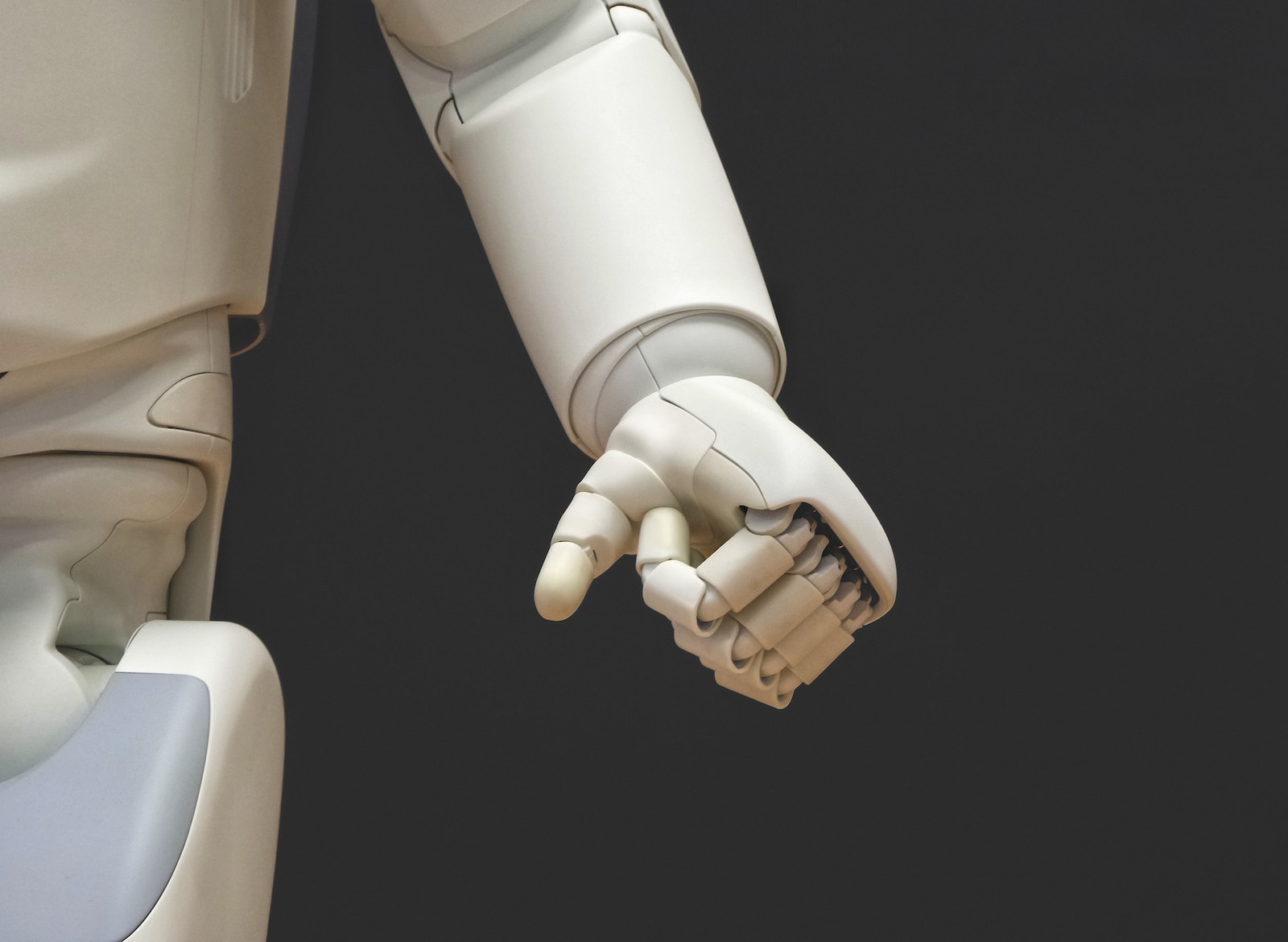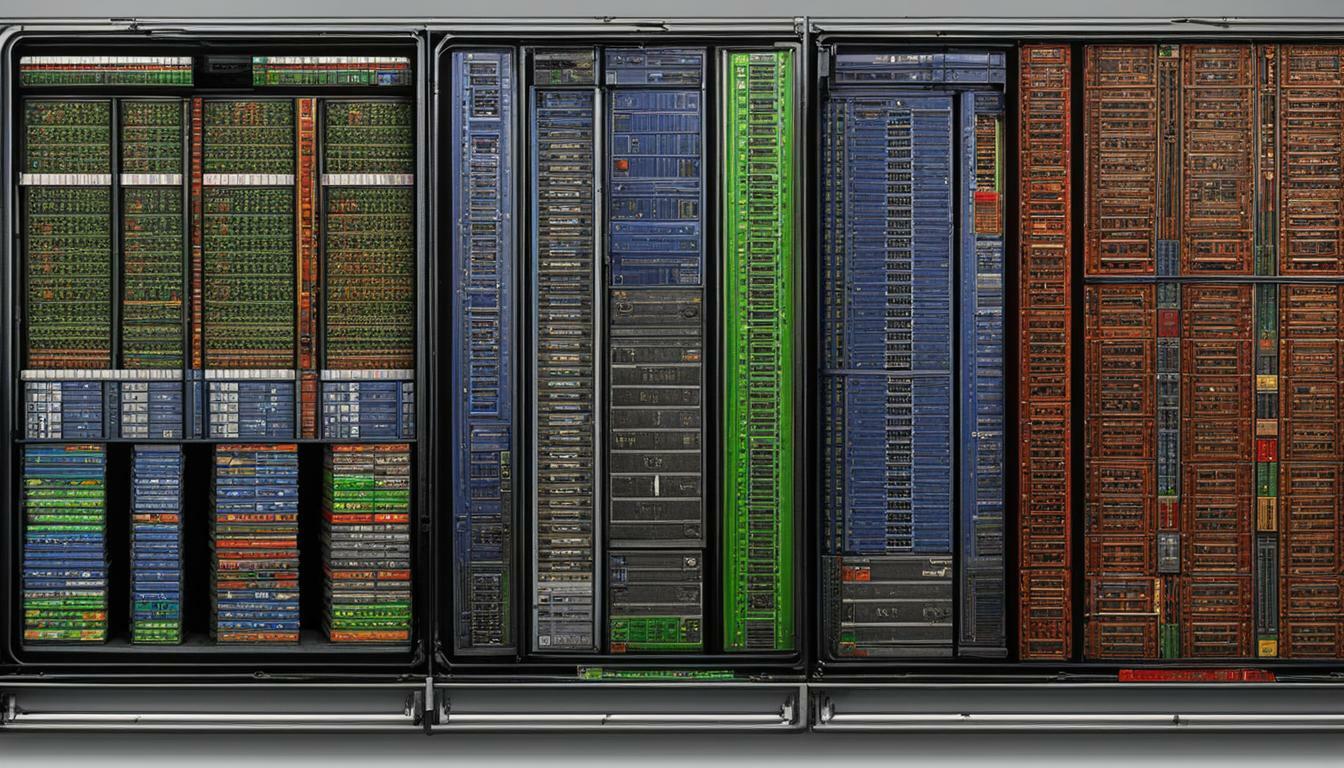Artificial intelligence (AI) and machine learning (ML) are often used interchangeably, but there are distinct differences between the two. AI refers to the overall ability of computers to emulate human thought and perform tasks in real-world environments, while ML refers to the specific technologies and algorithms that enable systems to identify patterns, make decisions, and improve themselves through experience and data. AI is a broader concept, while ML is a subset of AI.
Key Takeaways:
- AI encompasses the broader idea of enabling machines to emulate human intelligence, while ML focuses on specific tasks and patterns.
- AI can work with various types of data and uses logic and decision trees to learn and reason, while ML is limited to structured and semi-structured data and relies on statistical models for learning and predictions.
- Understanding the differences between AI and ML can help organizations make informed decisions about their implementation and leverage these technologies effectively.
Difference Between Machine Learning and Artificial Intelligence
Artificial intelligence (AI) and machine learning (ML) are often used interchangeably, but there are distinct differences between the two. AI refers to the overall ability of computers to emulate human thought and perform tasks in real-world environments, while ML refers to the specific technologies and algorithms that enable systems to identify patterns, make decisions, and improve themselves through experience and data. AI is a broader concept, while ML is a subset of AI.
Understanding Artificial Intelligence
Artificial Intelligence (AI) is the field of developing computers and robots that can mimic and go beyond human capabilities. AI-enabled programs can analyze and contextualize data to provide information or trigger actions without human interference.
In the manufacturing industry, AI can help automate processes, identify equipment errors, and optimize energy consumption. By implementing AI in manufacturing, businesses can improve operational efficiency, reduce downtime, and enhance product quality.
In the banking sector, AI is used for various applications such as fraud detection, biometrics, and automated customer service. AI-powered chatbots are capable of handling customer queries and providing personalized recommendations, enhancing the overall banking experience.
In the healthcare industry, AI tools are utilized to analyze electronic health records, predict hospital outcomes, and improve patient care. AI algorithms can assist healthcare professionals in diagnosing diseases, predicting treatment outcomes, and identifying potential risks.
| Industry | AI Applications |
|---|---|
| Manufacturing | Process automation, equipment error detection, energy optimization |
| Banking | Fraud detection, biometrics, automated customer service |
| Healthcare | Electronic health record analysis, outcome prediction, patient care improvement |
“AI has immense potential across industries and is revolutionizing the way businesses operate. By leveraging AI, organizations can streamline processes, make data-driven decisions, and deliver enhanced customer experiences.”
– AI Expert
Understanding Machine Learning
Machine Learning (ML) is a pathway to AI and involves using algorithms to automatically learn insights and recognize patterns from data. ML models can be trained using structured and semi-structured data, allowing machines to improve their performance over time by continuously learning from experience.
In the manufacturing industry, ML is used for predictive maintenance and energy optimization. By analyzing data from sensors and machine inputs, ML models can identify patterns that indicate potential equipment failures or opportunities for energy-saving measures.
In the banking sector, ML is useful for fraud detection and customer service automation. ML algorithms can detect anomalies in transaction patterns, helping banks prevent fraudulent activities. Additionally, ML-powered chatbots can provide automated customer support, reducing the need for manual intervention.
| Industry | ML Applications |
|---|---|
| Manufacturing | Predictive maintenance, energy optimization |
| Banking | Fraud detection, customer service automation |
While AI and ML are connected, there are key distinctions between the two. AI encompasses the broader idea of enabling machines to emulate human intelligence, while ML focuses on specific tasks and patterns. AI has a wide scope of applications, can work with various types of data, and uses logic and decision trees to learn and reason. On the other hand, ML has a limited scope, can only use structured and semi-structured data, and relies on statistical models to learn and make predictions.
Understanding Machine Learning
Machine Learning (ML) is a key component of Artificial Intelligence (AI) that focuses on utilizing algorithms to enable systems to learn, improve, and make predictions from data. It plays a vital role in various industries, including manufacturing and banking.
In the manufacturing industry, ML is widely used for predictive maintenance and energy optimization. By analyzing historical data and patterns, ML models can identify potential equipment failures and automatically schedule maintenance activities, reducing downtime and optimizing operational efficiency. Additionally, ML algorithms can also optimize energy consumption by analyzing data from sensors and making real-time adjustments to equipment settings, resulting in significant cost savings.
In the banking sector, ML is leveraged for various purposes, particularly in fraud detection and customer service automation. ML models can analyze vast amounts of transactional data to identify patterns and anomalies that may indicate fraudulent activities. This enables banks to proactively detect and prevent fraudulent transactions, protecting both the financial institution and its customers. Furthermore, ML-powered chatbots and virtual assistants can provide personalized customer support, responding to queries and resolving issues in real-time, improving customer satisfaction and efficiency.
How Companies Use ML
In addition to manufacturing and banking, companies across various industries utilize ML for a wide range of applications. ML algorithms can be applied to analyze customer data and behavior, enabling businesses to gain valuable insights and improve marketing strategies. By understanding customer preferences and patterns, companies can tailor their offerings, increasing customer engagement and boosting sales.
Moreover, ML techniques are also employed in the healthcare sector. ML models can analyze electronic health records, identifying patterns and predicting patient outcomes. This helps healthcare professionals make informed decisions regarding treatment plans and resource allocation, improving patient care and overall healthcare outcomes.
In summary, Machine Learning plays a crucial role in enabling systems to learn from data, make predictions, and continuously improve performance. It has diverse applications across industries, including manufacturing, banking, marketing, and healthcare, driving efficiency, reducing costs, and enhancing decision-making processes.

Key Distinctions Between AI and ML
In the world of technology, the terms Artificial Intelligence (AI) and Machine Learning (ML) are often used interchangeably. However, it is important to understand that there are significant differences between the two. While both AI and ML are related and aim to enhance the capabilities of machines, they have distinct characteristics and applications.
AI can be best described as the broad concept of enabling computers to imitate human intelligence and perform tasks in real-world environments. It encompasses various technologies and approaches that allow machines to emulate human thought and decision-making processes. AI systems can analyze data, recognize patterns, make informed decisions, and even learn and improve over time.
ML, on the other hand, is a specific subset of AI. It focuses on the development of algorithms and techniques that enable machines to learn from data and improve their performance without being explicitly programmed. ML models can identify patterns, make predictions, and constantly refine their understanding based on the data they are exposed to. It is through ML that machines can become more accurate and efficient in their tasks.
To summarize the key distinctions between AI and ML:
- Scope: AI has a broader scope, encompassing the overall ability of machines to emulate human intelligence. ML, on the other hand, has a more specific focus on algorithms and techniques for learning from data.
- Data Usage: AI can work with various types of data, including structured, unstructured, and semi-structured data. ML, however, primarily relies on structured and semi-structured data for learning and making predictions.
- Learning Approach: AI systems use logic and decision trees, combined with data analysis, to learn and reason. ML, on the other hand, relies on statistical models and algorithms to identify patterns and make predictions.
Understanding the differences between AI and ML is crucial for organizations looking to leverage these technologies effectively. While AI offers a broader set of capabilities, ML provides specific tools for learning and improving performance. By utilizing both AI and ML in the right contexts, businesses can gain a competitive edge and drive innovation in various industries.
Conclusion
In conclusion, there are clear distinctions between Machine Learning (ML) and Artificial Intelligence (AI). While AI encompasses the broader concept of computers emulating human thought and performing tasks, ML specifically refers to the technologies and algorithms that enable systems to identify patterns and improve themselves through experience and data.
ML is a subset of AI, focusing on specific tasks and patterns, whereas AI has a wider scope and can work with various types of data. ML relies on statistical models and uses structured and semi-structured data, while AI can employ logic and decision trees to learn and reason.
Understanding the difference between ML and AI is crucial for organizations looking to effectively leverage these technologies. It allows them to make informed decisions about their implementation and utilize the strengths of each approach in their respective industries.
By harnessing ML and AI, businesses can revolutionize processes in the manufacturing industry, such as predictive maintenance and energy optimization. In sectors like banking, they can enhance fraud detection, biometrics, and customer service automation. In the healthcare field, these technologies offer improved analysis of electronic health records, prediction of hospital outcomes, and advancements in patient care.
FAQ
What is the difference between Machine Learning and Artificial Intelligence?
Artificial Intelligence (AI) refers to the overall ability of computers to emulate human thought and perform tasks in real-world environments, while Machine Learning (ML) is a specific technology within AI that enables systems to identify patterns, make decisions, and improve themselves through experience and data.
How is Artificial Intelligence used in various industries?
In the manufacturing industry, AI can help automate processes, identify equipment errors, and optimize energy consumption. In banking, AI is used for fraud detection, biometrics, and automated customer service. In healthcare, AI tools help analyze electronic health records, predict hospital outcomes, and improve patient care.
What is Machine Learning and how is it used?
Machine Learning is a pathway to AI that involves using algorithms to automatically learn insights and recognize patterns from data. It allows machines to improve their performance over time by continuously learning from experience. In the manufacturing industry, ML can be used for predictive maintenance and energy optimization. In banking, ML is useful for fraud detection and customer service automation.
What are the key distinctions between AI and ML?
AI encompasses the broader idea of enabling machines to emulate human intelligence, while ML focuses on specific tasks and patterns. AI has a wide scope of applications, can work with various types of data, and uses logic and decision trees to learn and reason. On the other hand, ML has a limited scope, can only use structured and semi-structured data, and relies on statistical models to learn and make predictions.
 Skip to main content
Skip to main content
